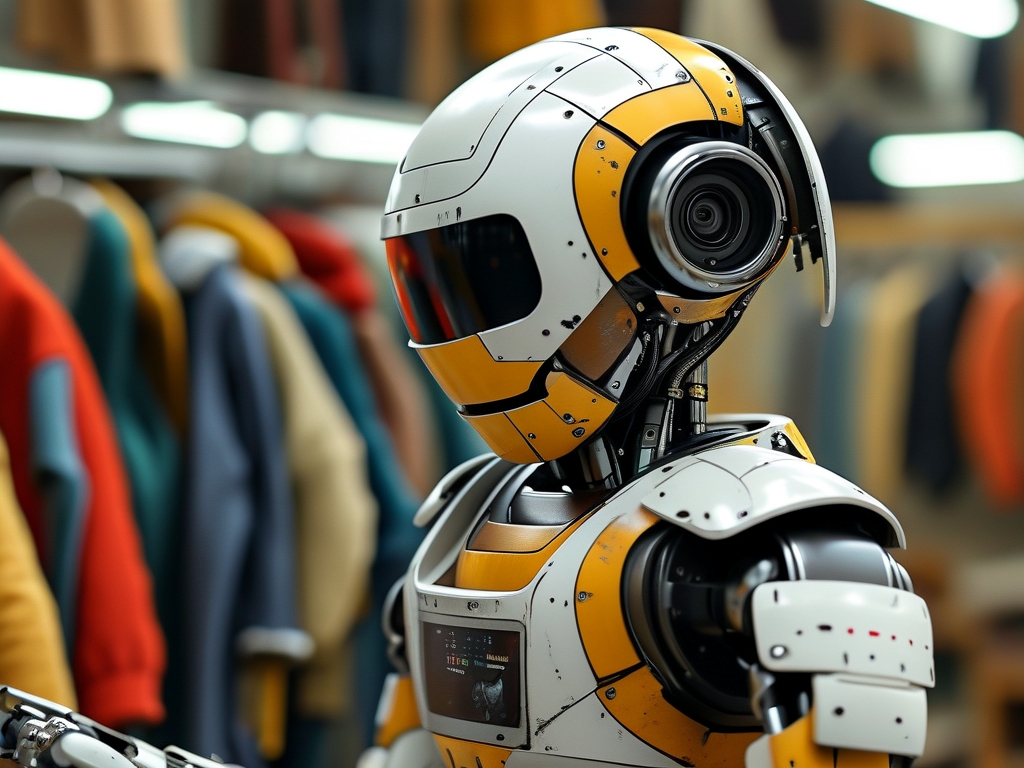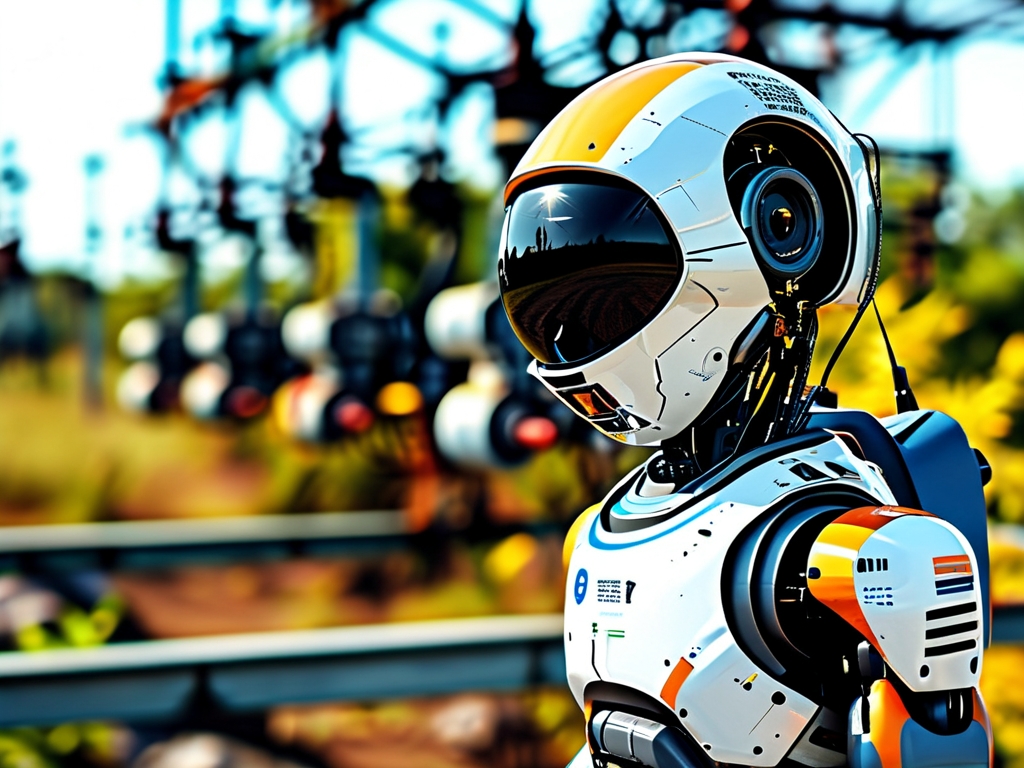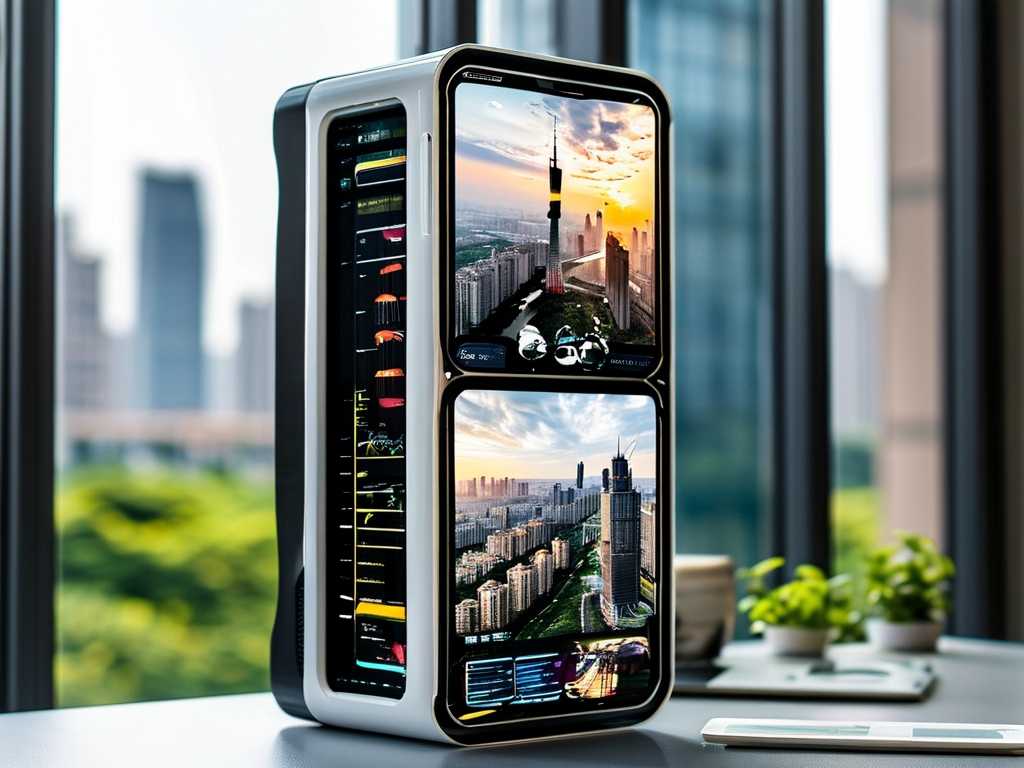The field of interaction design stands at a transformative crossroads. As technology evolves at an unprecedented pace, the role of an interaction designer is no longer confined to crafting intuitive buttons or seamless app flows. Instead, it demands a visionary mindset—one that anticipates how humans will coexist with emerging technologies like AI, extended reality (XR), and neuroadaptive systems. To "insight the future" as an interaction designer requires equal parts creativity, technical fluency, and ethical foresight. This article explores the skills, challenges, and opportunities defining the next era of interaction design.
1. Beyond Screens: The Rise of Ambient Interfaces
The traditional screen-dominated paradigm is dissolving. Future interaction designers must rethink spatial relationships as augmented reality (AR) glasses, holographic displays, and IoT ecosystems become ubiquitous. Imagine a world where interfaces blend into physical environments: a gesture-controlled kitchen that suggests recipes based on pantry items or a workplace where data visualizations float mid-air during meetings. Designers will need expertise in 3D spatial mapping, contextual AI, and multisensory feedback design.
Case in point: Microsoft’s Mesh platform enables collaborative 3D design sessions in mixed reality, demanding designers to master depth perception and gesture-based navigation. This shift also raises questions about accessibility—how do we ensure ambient interfaces serve users with disabilities?
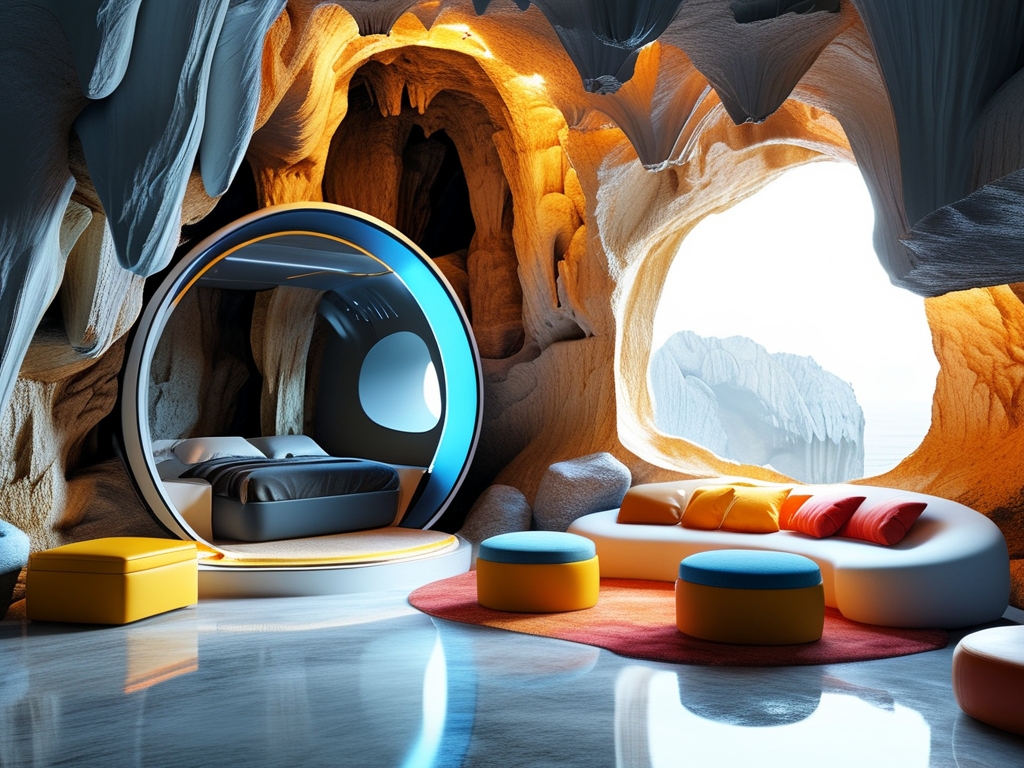
2. AI as a Co-Creator, Not Just a Tool
Generative AI tools like DALL-E and ChatGPT are reshaping design workflows. Future interaction designers won’t just use AI to automate tasks; they’ll collaborate with it to ideate novel solutions. For instance, an AI could analyze millions of user behavior patterns to propose interface variations optimized for specific demographics. However, this partnership requires designers to develop "AI literacy"—understanding model biases, training data limitations, and ethical implications.
A critical challenge lies in maintaining human agency. When AI generates 90% of a prototype, how do designers preserve creative intent? The answer may lie in hybrid workflows: using AI for rapid iteration while reserving human judgment for emotional resonance and ethical alignment.
3. Ethical Foresight in Neuroadaptive Design
Emerging neurotechnologies, such as brain-computer interfaces (BCIs), will let users control devices through neural signals. While this promises breakthroughs in accessibility, it introduces unprecedented ethical dilemmas. Interaction designers working on BCIs must grapple with privacy concerns (e.g., who owns neural data?) and cognitive autonomy (e.g., could interfaces manipulate user emotions?).
Consider Neuralink’s ambitions: a designer shaping BCI experiences must balance innovation with safeguards against misuse. This necessitates collaboration with neuroscientists, policymakers, and ethicists—a trend toward interdisciplinary design teams.
4. Sustainability as a Core Design Principle
Digital products already account for 3.7% of global carbon emissions. Future interaction designers must prioritize eco-conscious choices, from optimizing energy-efficient UI animations to advocating for "digital minimalism." Tools like EcoGrader, which audits website carbon footprints, will become staples in design workflows.
Moreover, designers will drive the circular economy in tech. For example, modular smartphone interfaces that extend device lifespans or apps that discourage compulsive consumption. The mantra shifts from "user-centric" to "planet-centric" design.
5. Mastering Hyper-Personalization Without Creepiness
Machine learning enables interfaces that adapt to individual users in real time. Yet, overly personalized experiences risk feeling invasive—think of a fitness app that mentions your recent weight gain during a vulnerable moment. Future designers must walk the tightrope between relevance and respect, leveraging empathy maps and inclusive testing frameworks.
Spotify’s AI DJ feature offers lessons here: it personalizes music streams while maintaining a playful, non-intrusive tone. Designers will need skills in emotional AI interpretation and transparency design (e.g., explaining why a recommendation was made).
: The Hybrid Designer of 2030
The interaction designer of the future is a polymath. They code with AI, prototype in 3D space, debate neuroethics, and champion sustainability—all while keeping human connection at the core. To thrive, designers must adopt lifelong learning habits, embrace interdisciplinary thinking, and cultivate resilience in the face of ambiguity.
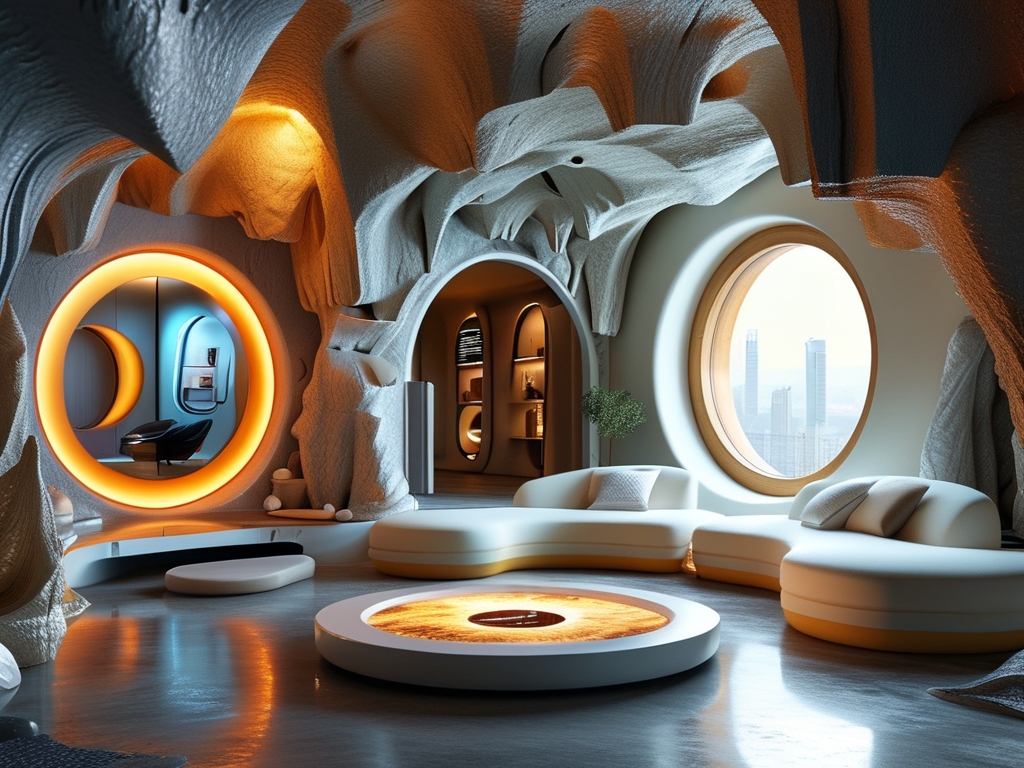
As we venture into this uncharted territory, one truth remains: technology will keep changing, but the designer’s mission endures—to bridge human needs with technological possibilities, responsibly and beautifully.


